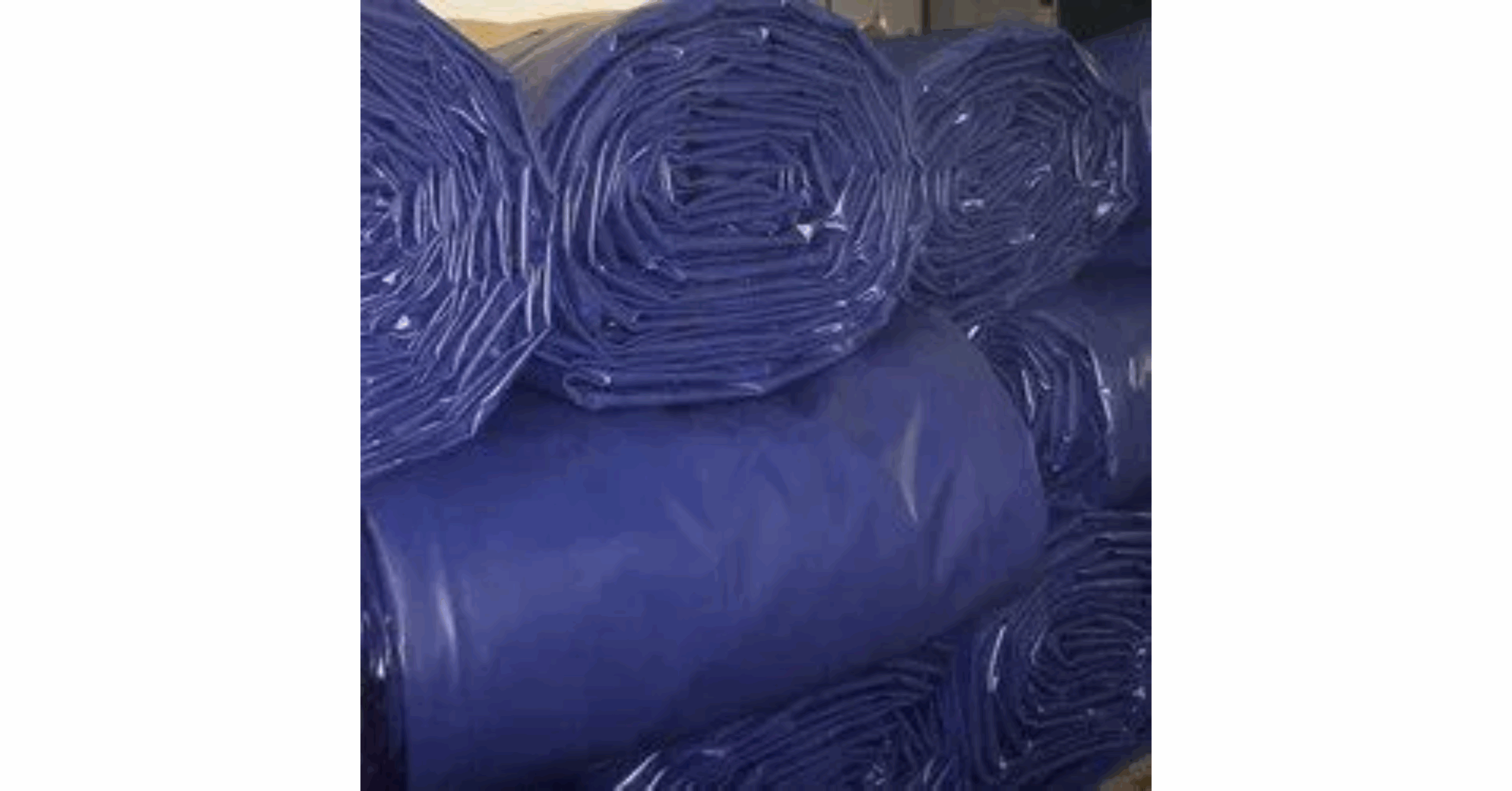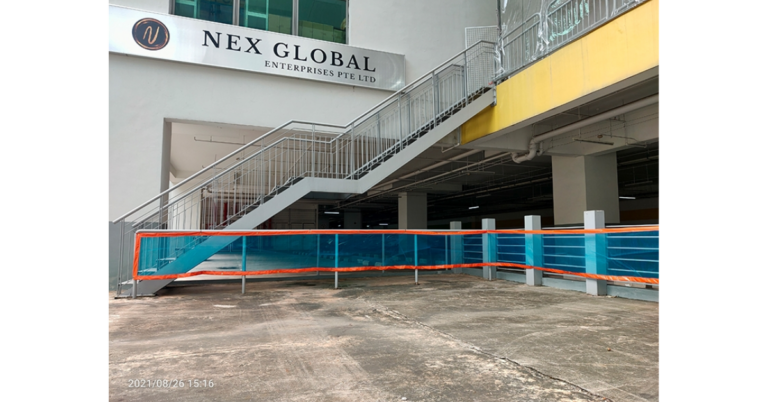Fire Retardant Safety Net: Enhancing Workplace and Construction Safety
In industries where safety is the top priority, the Fire Retardant Safety Net plays an essential role in protecting workers and minimizing risks. These nets are specifically designed to resist fire hazards while providing fall protection, ensuring that construction sites, warehouses, and industrial facilities remain compliant with safety standards. Unlike ordinary safety nets, they are manufactured with materials that withstand flames and high temperatures, making them an indispensable tool for industries where fire hazards are a concern.
The Importance of Safety Nets in Industrial and Construction Environments
Construction and industrial work environments often involve working at significant heights. Without adequate protection, workers face severe risks from accidental falls, which can lead to injuries or fatalities. Safety nets were introduced to mitigate these risks, serving as a dependable secondary line of defense when other safety measures, such as harnesses and guardrails, are insufficient.
However, in environments where welding, cutting, or other fire-related activities are part of the daily operations, traditional safety nets fall short. Sparks, open flames, and high heat can easily damage or destroy ordinary nets, compromising worker safety. This is where fire-retardant variants become vital, ensuring that the safety equipment remains intact even in hazardous conditions.
What Makes Fire Retardant Safety Nets Different?
The key difference between regular nets and Fire Retardant Safety Net systems lies in the material composition. Fire retardant nets are manufactured from specialized fibers or coatings designed to resist ignition, slow down flame spread, and maintain their structural integrity under high heat exposure. These features make them suitable for construction sites where hot work like welding and torch cutting is common.
Additionally, they undergo rigorous testing and meet stringent safety regulations, providing both employers and employees with confidence in their reliability. They are not just fall-protection devices but also part of fire-prevention strategies in workplaces prone to such risks.
Benefits of Fire Retardant Safety Nets
-
Enhanced Fire Resistance
These nets are built to withstand exposure to sparks, heat, and flames. Unlike regular nets that may melt or ignite, fire retardant versions ensure that workers are not left vulnerable due to equipment failure. -
Comprehensive Fall Protection
Like traditional safety nets, fire-retardant variants provide dependable fall protection, reducing the risk of serious injury. They are designed to absorb the shock of a fall, protecting workers from impact-related harm. -
Durability and Long Lifespan
Manufactured with high-quality materials, these nets offer superior strength and durability. They can withstand harsh working conditions and environmental factors such as sunlight, rain, and dust, making them a long-term investment. -
Compliance with Safety Regulations
Many local and international safety standards require industries to use fire-resistant equipment when working in high-risk environments. Implementing fire retardant nets ensures compliance, reducing the risk of fines, shutdowns, or legal liabilities. -
Peace of Mind for Employers and Employees
When workers know they are protected by reliable safety equipment, they can perform tasks more efficiently without constant fear of accidents. Employers, on the other hand, benefit from improved productivity and reduced downtime caused by accidents.
Applications of Fire Retardant Safety Nets
These specialized safety nets are versatile and can be applied across multiple industries:
-
Construction Sites: Particularly in projects involving welding, cutting, or grinding where sparks are common.
-
Shipbuilding and Marine Industry: Welding and metalwork in shipyards often pose fire hazards, making fire retardant nets a necessity.
-
Manufacturing Plants: Especially those handling flammable materials or requiring high-temperature processes.
-
Warehouses and Logistics Centers: For elevated storage areas where fire risk is present.
-
Oil and Gas Industry: On offshore rigs and refineries where both fall hazards and fire risks are significant.
Features to Look for in a Fire Retardant Safety Net
When selecting the right net, several key features should be considered:
-
Material Composition: Ensure the net is made of certified fire-resistant fibers or coated with fire-retardant chemicals.
-
Strength and Load Capacity: The net should support the required weight load and provide reliable fall arrest.
-
Certification and Standards: Look for products that comply with safety standards such as EN, ANSI, or other local certifications.
-
Ease of Installation: Safety nets should be simple to install, dismantle, and adjust according to site requirements.
-
Weather Resistance: Nets should resist UV degradation, moisture, and environmental wear.
The Role of Fire Retardant Safety Nets in Risk Management
Risk management is a critical component of workplace safety. Companies must identify potential hazards and implement measures to minimize them. While personal protective equipment (PPE) and training are important, engineering controls like safety nets are equally vital.
By installing a Fire Retardant Safety Net, employers can significantly reduce the likelihood of fire-related accidents and fall injuries. This proactive approach not only protects workers but also minimizes insurance costs, liability claims, and damage to reputation.
Maintenance and Inspection of Safety Nets
To ensure maximum protection, regular inspection and maintenance of fire retardant nets are essential. Employers should:
-
Conduct periodic visual inspections for cuts, burns, or abrasions.
-
Test the net’s integrity after prolonged use or exposure to high heat.
-
Replace nets that show signs of wear and tear or after significant fall incidents.
-
Store nets properly when not in use to prevent damage from environmental conditions.
The Future of Fire Retardant Safety Nets
As workplace safety standards evolve, innovations in material science are driving the development of even more advanced safety nets. Modern technologies are enabling nets that are lighter, stronger, and more resistant to multiple hazards. In the future, we may see smart safety nets equipped with sensors to detect stress, temperature, and even provide real-time alerts during emergencies.
Conclusion
Workplace safety is non-negotiable, especially in industries where both fall risks and fire hazards are present. The Fire Retardant Safety Net is more than just a precautionary tool—it is a lifesaving measure that provides robust protection in high-risk environments. By investing in quality safety nets, employers not only comply with regulations but also demonstrate genuine concern for their workers’ well-being.
Durable, reliable, and designed to resist flames, these nets remain one of the most effective safety solutions for industries worldwide. In an era where efficiency and safety must go hand in hand, fire retardant nets stand out as indispensable allies in creating secure workplaces.







